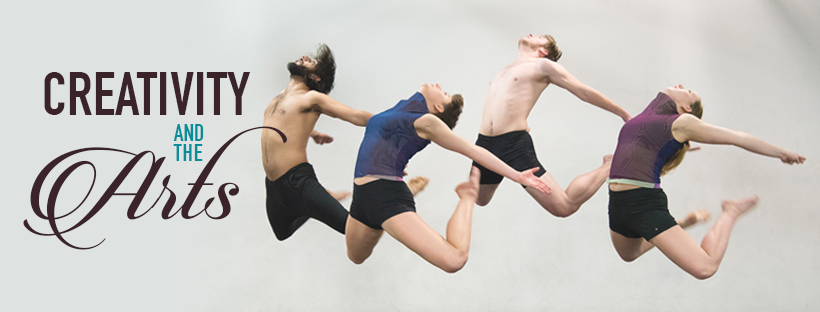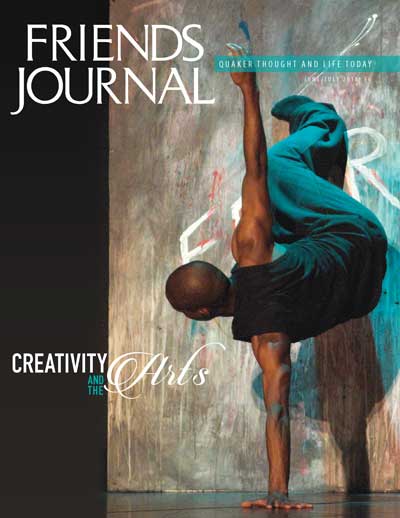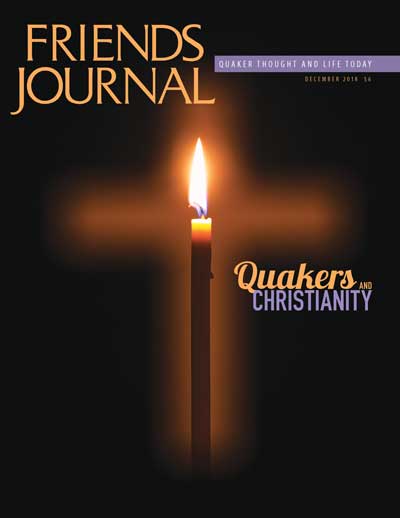
Friends have a rather complicated history with the arts. One of the most well-known depictions of Quakers in the movies is 1956’s Friendly Persuasion, based on Jessamyn West’s stories of a nineteenth-century Indiana Quaker family. Much of the early plot revolves around a forbidden organ, the temptation of music foreshadowing more deadly moral dilemmas to come with the approach of war.
In the summer of 1763, John Woolman heard that the local inn in Mount Holly, New Jersey, was promoting a performance by a traveling magician. Woolman seated himself outside the door and “spoke to the people in the fear of the Lord, as they came together, concerning this show, and labored to convince them that their thus assembling to see these sleight-of-hand tricks, and bestowing their money to support men who, in that capacity, were of no use to the world, was contrary to the nature of the Christian religion.”
This overt distrust of the arts faded away a long time ago. Today, the sheer volume of creativity among Friends is impressive. When we put out a call for this issue, we had far more submissions than we could possibly print. A dozen more artists told us they would love to write something but were too busy creating to do so at this time. Faced with a bit of a dilemma, we’ve created a sampler: each of the articles in these pages represents a different facet of creativity among Friends.
Throughout the diverse disciplines of visual arts, music, writing, photography, community-based art, and performance art, a common thread harks back to the concerns of those earlier Friends: there’s still a conscientiousness around art.
Joey Hartmann-Dow, creator of the Badass Women calendars and currently a Friend-in-Washington with Friends Committee on National Legislation, felt pulled toward art in high school but wrestled with whether it was a socially useful-enough career choice. She asked herself, “Am I doing the work the world needs?”
The mystery writer Edith Maxwell writes three different series under two names and yet still applies Quaker values like integrity to plot lines and avoids excessive violence even in the midst of her stories’ murders: “You will not read descriptions of . . . violence that simply doesn’t need to be on the page.”
Art is also used to advance ministry. Jiae Paik found that her American training in spiritual direction didn’t translate well in South Korea, but that her female-centric art touched gallery viewers in similar ways. Performance artist Peterson Toscano realized that Quaker audiences viewed his pieces differently than more general audiences. “We often look for a message in a work of art that deepens our already deeply felt worldview or one that challenges us in fresh, new ways.”
Much of early Friends’ antipathy toward art came about from a concern for how it was used in the world. In that way, it seems we continue to share a tradition. While I don’t imagine John Woolman would approve of our modern arts, I would hope he’d understand the ministry, care, love, and sense of justice that inspire Quaker artists today.





I have found this discussion illuminating. I have had a passion for art since I was 12 years old but as a Quaker I was always ambivalent about this interest. I worried that it was somewhat self-centred and frivolous. I felt I should spend energy in more worthwhile and socially useful activities. Everything else had higher priority in my day and I indulged my art periodically, I did not give my art the time required to really develop my art practice. Long periods of abstinence meant when I restarted I had lost the feeling for whatever theme I had been working and would be off in a new direction. I daydreamed at night about works I never realised. I saw myself as a dabbler and a failure. I fretted that I had wasted my talents. Meanwhile this frustration meant I was unable to enjoy the achievements I had accomplished outside of art. Then an event gave me validation. A woman came up to me and said I wouldn’t know her but she felt I had saved her life and wanted me to know. She had suffered severe depression and been suicidal over a long period. One day on an impulse, she bought a ceramic plate from her local art shop which spoke to her. I had decorated the plate with a simple line image of a tree in mid winter with only two autumnal leaves and two blackbirds singing in the branches. She hung this on a wall in her bedroom where she could see it when she first woke. Seeing the image every morning gave her the courage to face each day. When she approached me, she had fully recovered and was back at work getting on with her life.
I had dashed that image off onto the blank plate totally unconscious that what flowed down my arm to the surface and then sealed in the furnace had been the work of the Spirit using me as a vessel . Since that time I have received similar unexpected feedback from others for works from sculpture to painting. Unaware of the Spiritual process at the time of creation: I have simply opened my mind and expressed something intuitively, and have no idea which work will speak to another’s condition. I am often amazed at the depth of meaning that another may gain from something I have created spontaneously. I am 73 now and reconsidering taking up art again: this time as spiritual journey of exploration without the burden of guilt.